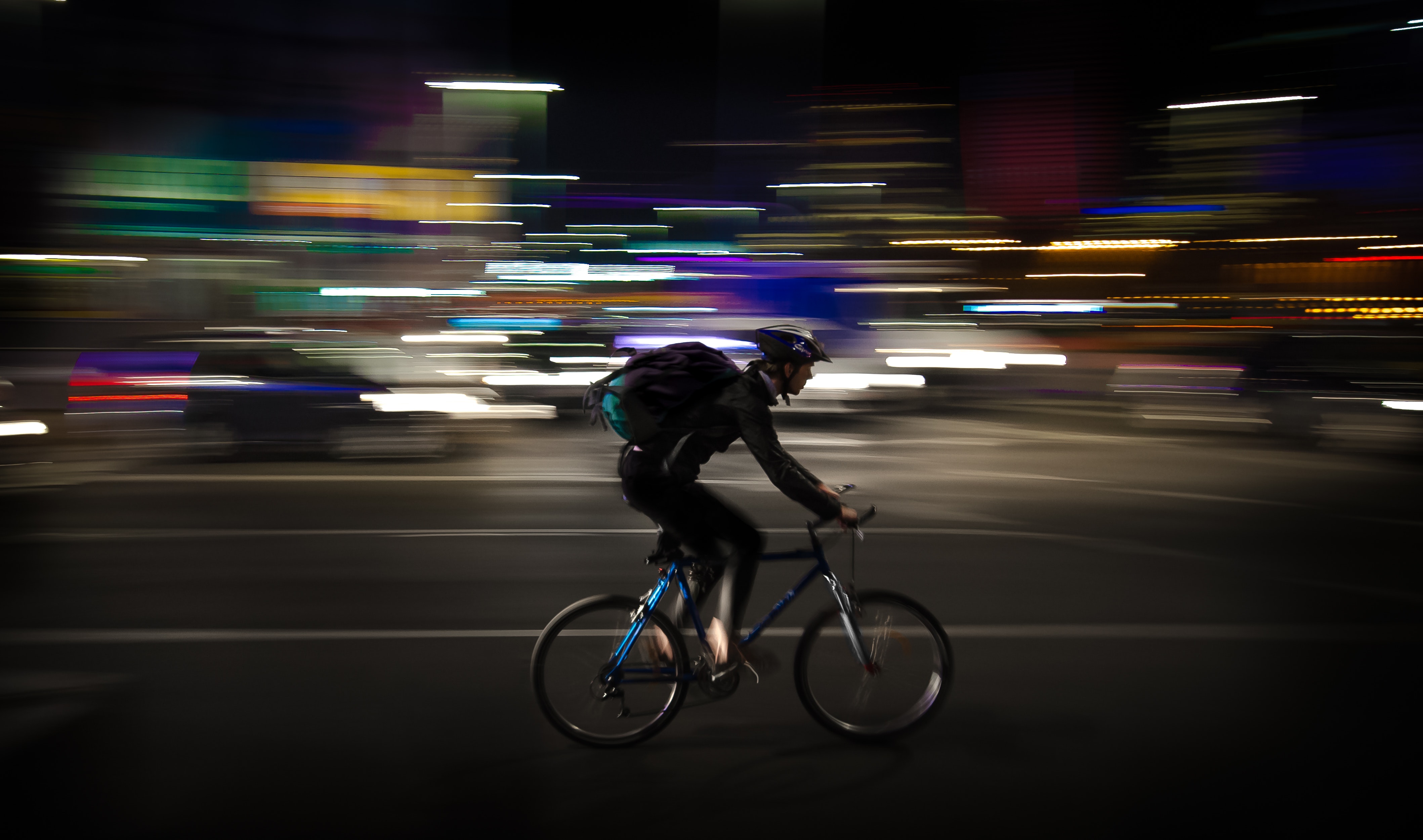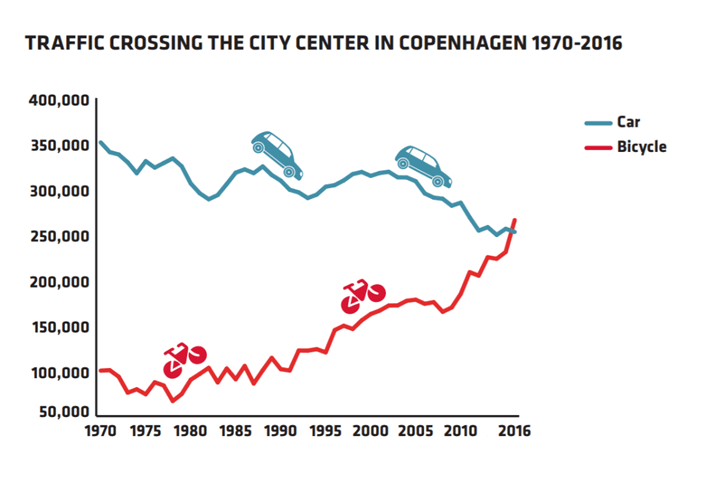
Over the last decade cities around the world realized that although cars make our lives more comfortable, they also disrupt community lives, causes health risks and oftentimes waste our time. In fact, according to studies, 30% of traffic congestion in large cities comes from drivers looking for a parking space. Even in Los Angeles, known for its crossroads and wide roads, county authorities have come to the conclusion that the number of vehicles in the city should be reduced. To achieve that goal the Los Angeles County Metropolitan Transportation Authority (the Metro) announced last May that it will stop adding lanes to highways, since those do not free up the existing roads and only create new traffic, additional, jams.
A pioneer in alternative transportation is Copenhagen. The city is an excellent example of combining green and traditional transportation methods. Bicycle use in Copenhagen has tripled in the last 40 years, while the use of cars dropped by 28%. It hasn’t always been like that, but during the 1960s it became increasingly difficult to turn a blind eye to the many traffic accidents and the growing pollution. The obvious solution was better city planning, with enough space to accommodate cars, bicycles, pedestrians and public transport- including a new network of cycleways developed along Danish roads. Today the city (600 thousand residents (has around 400Km of cycling paths, and each day, 62% of Copenhageners use their bikes to go to work, school or college.

Most cities in the world fail to implement the Danish model of cycleways developed in Copenhagen. Tel Aviv (440 thousand residents), for example, has enormous potential for bicycle integration in the urban transportation system. Tel Aviv is flat, sunny and has a severe parking problem. Despite a significant improvement in recent years, the city has not yet reached its full potential. There are only 120 Km of bicycle paths in Tel Aviv, and they are not sufficiently inter-connected. If that’s not enough, according to a survey conducted in 2015 by the Tel Aviv municipality, about a quarter of all bicycles in the city were stolen that year. Tel Aviv municipality continues to invest a large amount of money in order to reduce the use of cars, and yet the latest survey conducted in 2017 still shows that the percentage of people using cars as their primary means of transportation has increased by 3%.
According to experts, the solution most cities will most likely resort to, is congestion fees. The effect of the toll on the commute habits is immediate. In London, for example, the first year following the introduction of the congestion fee saw a 37% increase in the number of passengers entering congestion-charging zones by bus. Of course, congestion fees alone are not enough. If we want to promote bicycles as a substitute for cars, from now on it must be at the expense of vehicle infrastructures.
